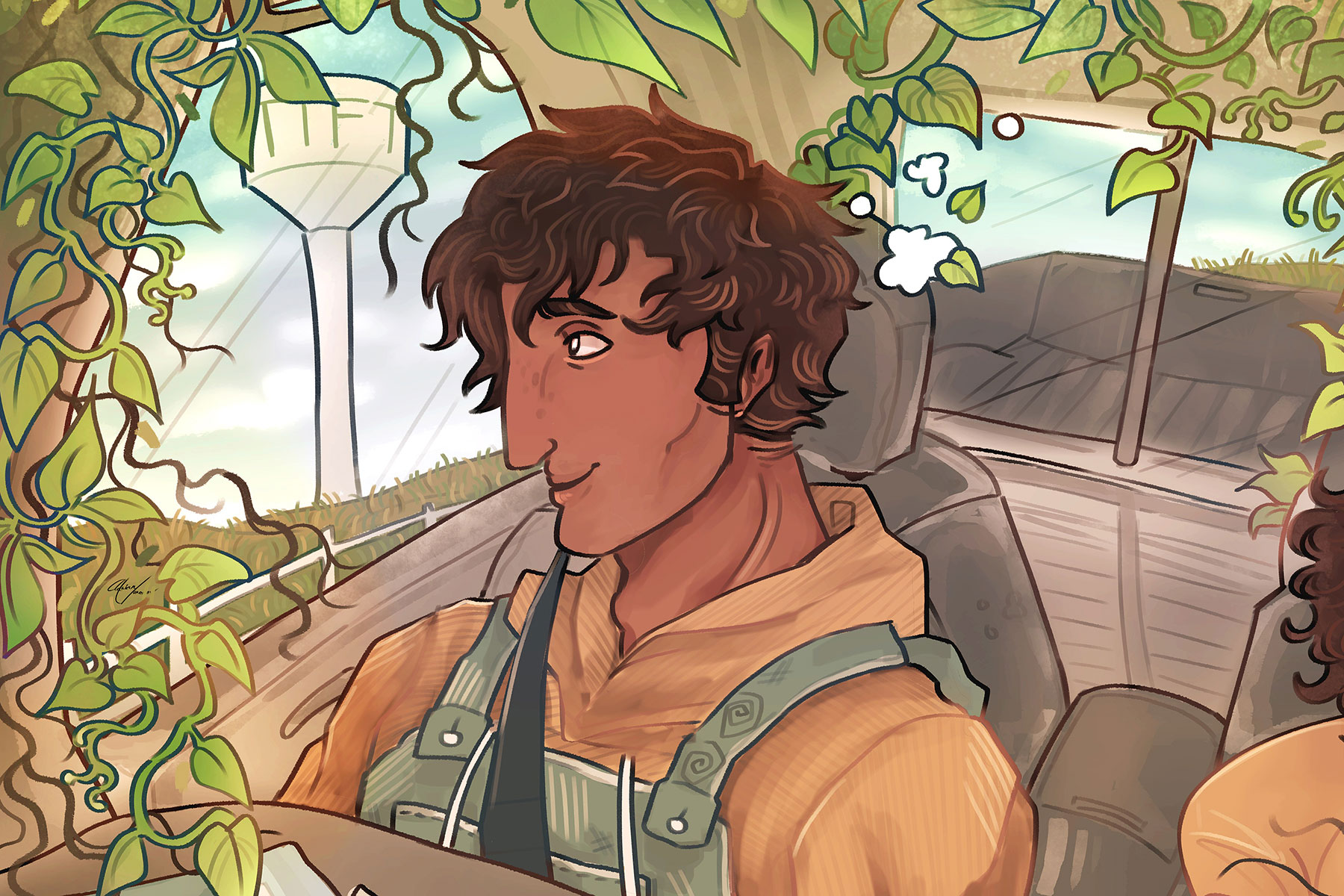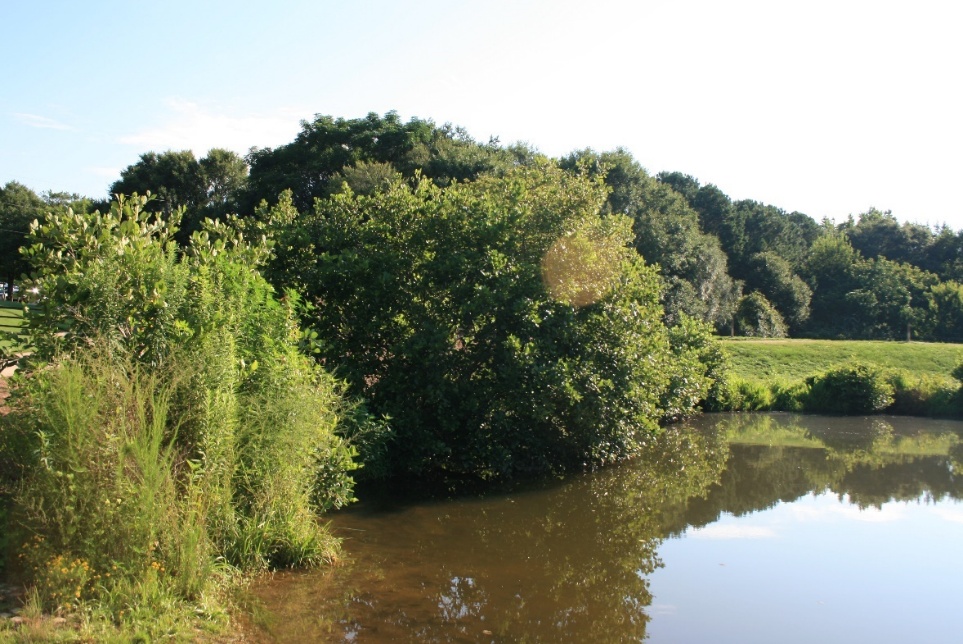A few miles from Lakeland, Ga., farmer Glyndon Register walks
in one of his powder-dry
cotton fields.
“I’ve never seen the subsoil moisture as low as it is
now,” he said.
“The dirt’s so hard, the seed that did germinate turned and
started going the other
way.”
About 40 percent of the seeds never broke through the hard,
dry soil. The cotton that
did grow looks deceptively healthy.
“It should be probably twice as big as what it is right
now,” he said.
“The drought has really taken a toll on it this
year.”
Worst May Be Yet to
Come
Worse yet, University of Georgia agricultural scientists say
the worst could be yet to
come. Cotton and peanuts, the state’s top two income-producing
row crops, just reached
their critical time for water.
The two crops, which bring Georgia farmers about half of
their
$2 billion annual income
from crops, need about 2 inches of water each week.
“If we don’t get rainfall between the middle of June and
early to mid-September,
it could be devastating to our peanut crop,” said John
Beasley, a peanut scientist
with the UGA College of Agricultural and Environmental
Sciences.
That’s the worst news yet in Lakeland, where every dollar a
Lanier County farmer spends
generates an extra $2.50 in economic benefit, according to UGA
economists.
Rural Economies
Hurting
“We’ve already had some of our local businesses lay off
people because they didn’t
have the work,” said Elvin Andrews, Lanier County Extension
Service agent. “They
weren’t making the sales they normally do to warrant keeping
their employees on.”
Andrews said a troubling sign of the times is that last year’s
forestry sales almost tripled
in the county. Farmers were converting their standing timber to
cash, he said, to make up
for farming losses.
Unfortunately, this year won’t make things any better.
“We’re going to be
hurt,” Andrews said. “Even with normal weather, we
won’t produce a normal crop
this year.”
Jim Watson, chief loan officer with Farmers and Merchants
Bank
in Lakeland, made about
$5 million worth of operating, equipment and land loans to
Lanier
County farmers this
year. And he knows some of his customers won’t be able to pay
back all they owe.
Farmers Struggling to
Survive
“I’m afraid some of those who are highly leveraged and
owe a good bit of money are
going to have a hard time coming through this,” he said.
Watson sees the drought’s effects on Lanier and other rural
counties in real terms, and
it bothers him. “If you have any compassion at all, yeah, it
concerns you,” he
said. “It hurts us some to see this going on.”
Down the block from the bank, third-generation car and truck
dealer Dana Giddens sees
the drought affecting his business long before harvest.
“Our real strong buyers are kind of waiting to see what
happens,” Giddens
said. “Most of our buyers seem to be a little apprehensive.
That’s always the subject
of conversation: how dry it is.”
The Drought Goes
On
It’s terribly dry, said Bert Simpson, whose inch-long grass
crunches as he walks
through a pasture near town. “It ought to be 10 or 12 inches
tall right now,” he
said.
But the pasture must provide food for his 120 cows. “We
usually get two to three
cuttings of hay off this pasture,” he said, “and I
think we’ll be lucky to get
one this year.”
He hasn’t been lucky so far. Without rain, his cows’ luck
could run out. “We’ll
try and feed them as long as we can,” Simpson said.
“And if we can’t, we’ll have
to sell them. That’s about the only choice we’ve got.”




